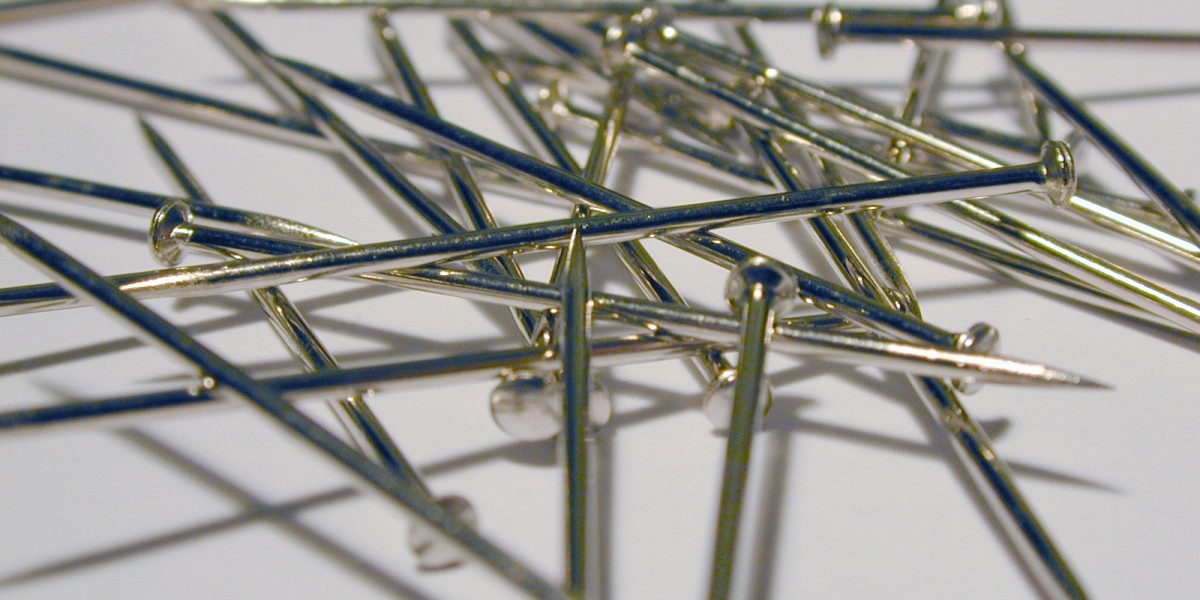In today’s fast-paced technological world, innovation is driven by the ability to transform ideas into functional realities. Whether it’s a new IoT gadget, a wearable device, or a piece of industrial automation equipment, the journey from concept to market-ready product begins with prototype development. Prototyping allows designers and engineers to visualize, test, and refine their ideas before committing to full-scale production. This process not only reduces risk but also enhances creativity and accelerates time to market.
What is Prototype Development?
Prototype development is the process of creating an early model or sample of a product to test its design, functionality, and user experience. It serves as a bridge between conceptualization and manufacturing. Depending on the project’s needs, prototypes can range from simple mock-ups to fully functional versions that closely mimic the final product.
In essence, prototyping is about experimentation. It provides a tangible way to identify design flaws, verify usability, and gather valuable feedback from stakeholders. The outcome of a well-executed prototype is a refined and validated design that can confidently move forward to production.
Stages of Prototype Development
The process of prototype development typically follows several stages, each contributing to the evolution of the product:
Conceptualization:
This stage involves brainstorming ideas, defining objectives, and sketching initial designs. It’s where creative thinking meets feasibility analysis. Designers and engineers collaborate to translate abstract ideas into rough design concepts.Design and 3D Modeling:
Once the concept is clear, computer-aided design (CAD) software is used to create digital models. This helps visualize the product’s structure, dimensions, and mechanical components. The use of 3D modeling also enables virtual simulations to test different design iterations before physical prototyping.Material Selection and Fabrication:
The next step involves choosing suitable materials for the prototype. Depending on the product, materials can range from plastic and metal to composites or flexible polymers. Modern fabrication techniques such as 3D printing, CNC machining, and laser cutting are often used to produce high-precision prototypes.Testing and Evaluation:
Once the physical prototype is ready, it undergoes rigorous testing to assess performance, durability, and functionality. This stage helps identify potential issues in design or manufacturing that may not have been evident during digital modeling.Iteration and Refinement:
Prototyping is rarely a one-time process. Based on feedback and test results, several iterations may be developed to perfect the product. Each cycle of improvement brings the prototype closer to the final production-ready version.
The Role of Prototype Development in Product Success
Prototype development is a critical step in ensuring product success for several reasons:
Risk Reduction:
It allows companies to identify and resolve design flaws early in the process, minimizing costly errors in later stages.Cost Efficiency:
Testing ideas through prototypes prevents unnecessary spending on full-scale production runs for flawed designs.Faster Time to Market:
Iterative prototyping accelerates development cycles by enabling faster feedback and design improvements.Improved Stakeholder Communication:
Prototypes provide a tangible model that can be demonstrated to investors, clients, and users, making communication clearer and more persuasive.Enhanced Innovation:
Experimenting with multiple prototype versions encourages innovation and creative problem-solving.
Digital Prototyping and the Role of Embedded Systems
As products become increasingly “smart” and connected, prototype development now often involves both hardware and software integration. Embedded systems play a vital role in bringing intelligence to prototypes — from controlling sensors and actuators to managing real-time data processing.
For example, when developing an IoT-enabled device, engineers first design the circuit and hardware layout, then integrate embedded software to manage device behavior and connectivity. This combination ensures the prototype is not just a physical model but a fully interactive system that mirrors the final user experience.
Collaborating with an embedded software development company can significantly streamline this process. Such experts bring in-depth technical knowledge of firmware programming, microcontroller integration, and real-time operating systems (RTOS). They ensure that prototypes perform efficiently, interact seamlessly with external systems, and are scalable for mass production.
Emerging Technologies Transforming Prototype Development
The prototype development process has evolved dramatically thanks to advancements in technology. Some notable innovations include:
3D Printing: Rapid prototyping through 3D printing allows designers to create complex geometries quickly and affordably.
Virtual and Augmented Reality (VR/AR): Designers can visualize and test their prototypes virtually before building them physically, saving both time and materials.
Artificial Intelligence (AI): AI-driven design tools can optimize product structures, materials, and performance predictions.
Internet of Things (IoT): IoT-based prototyping allows engineers to develop connected prototypes that can be remotely monitored and updated in real-time.
Conclusion
Prototype development is the foundation of innovation in modern engineering and technology. It provides a safe and cost-effective path to transforming creative ideas into tangible, market-ready products. From digital design to hardware integration, prototyping empowers companies to deliver smarter, faster, and more reliable solutions.
As industries continue to evolve with IoT, AI, and automation, the importance of effective prototyping will only grow. Companies that invest in robust prototype development processes will not only reduce risks but also gain a competitive edge in the race to innovation.







